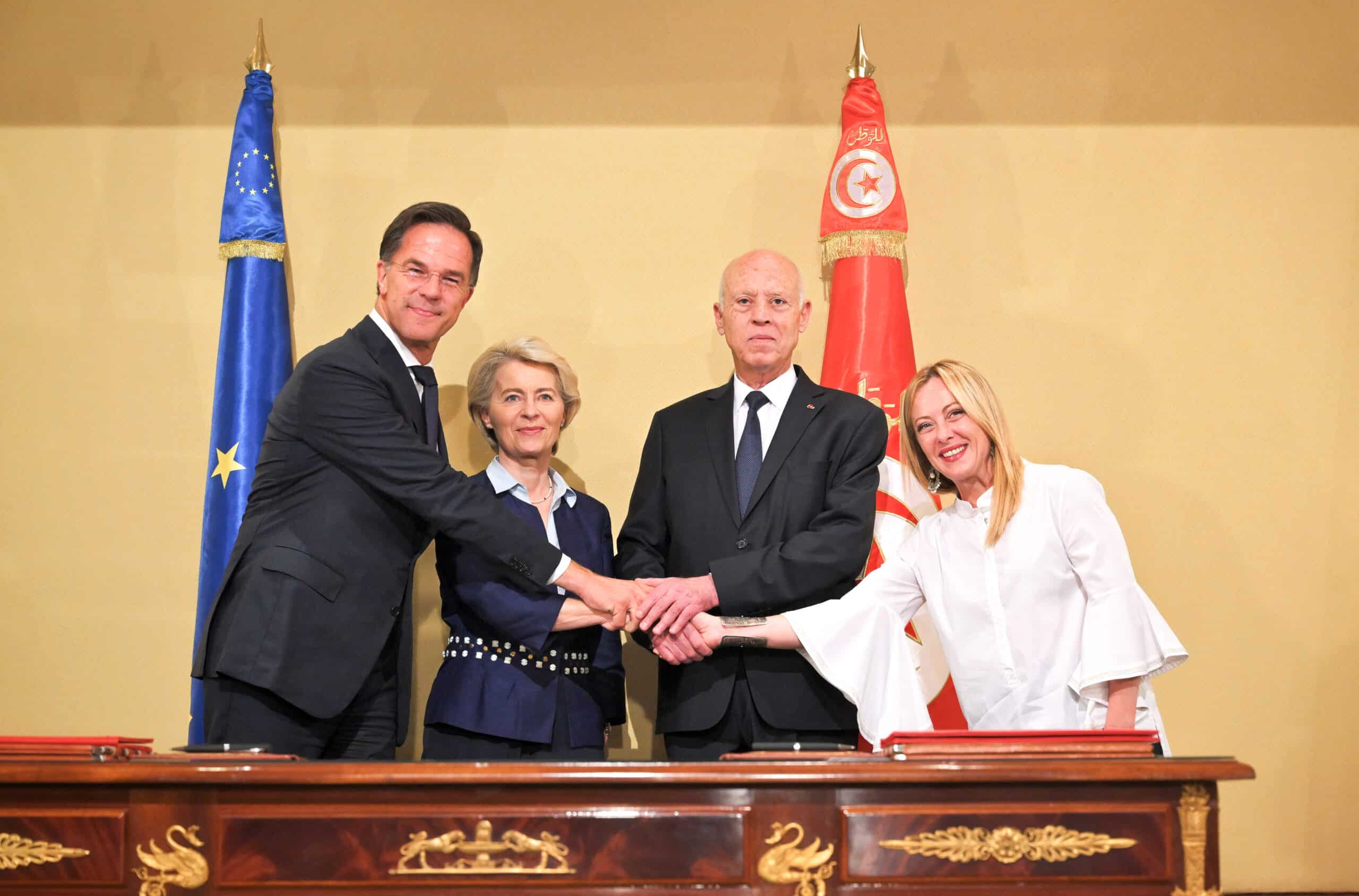Brussels – Chemicals which harm the ozone layer continue to be phased out in the European Union. In 2015, consumption of these chemicals reached its lowest level since 2006, partly due to a drop in imports according to a new report from the European Environment Agency (Eea).
Stratospheric ozone absorbs most of the sun’s ultraviolet light so it does not reach the surface of the planet, helping prevent skin cancers and other problems such as damage to crops and marine phytoplankton. Some chemicals, also known as ozone depleting substances (Ods), harm the ozone layer. They have been successfully substituted in most parts of the world since 1989 when the Montreal Protocol came into force.
Within the European Union, the phase-out of Ods use is established through the Ods Regulation. Companies are obliged to report data on production, import, export and destruction, which is used to calculate ‘consumption’, the key metric tracking progress under the Protocol. Consumption can be negative, if the amounts of controlled substances produced and imported are lower than those exported or destroyed.
In 2015, the Ods consumption reached the lowest negative level since 2006 measured in metric tonnes. The value (-3.808 metric tonnes) was 1.305 metric tonnes lower than in 2014. A significant contributing factor to the low consumption was a 12 % decrease in imports compared to 2014. Moreover, destruction of controlled substances increased between 2014 and 2015.



![Una donna controlla le informazioni sul cibo specificate sulla confezione [foto: archivio]](https://www.eunews.it/wp-content/uploads/2014/12/Etichette-alimentari.jpg)


![Ragazza in biblioteca. Nell'Ue chi studia non lavora e neppure cerca. In Italia funziona ancor più così [foto: Tulane University, Wikimedia Commons]](https://www.eunews.it/wp-content/uploads/2024/11/Girl_in_the_Library_3638661587-350x250.jpg)




